Pat Liney might never have gone on to achieve legendary status with Dundee FC if it wasn’t for an injury to one of his school chums.
Playing for school team St Mirin’s Academy in Paisley, he regularly turned out as a right-winger or striker before he was asked to take over in goal.
Dundee fans know the rest is history!
Liney, who has died at the age of 86, signed for junior team Dalry Thistle before joining Dundee in 1957 under manager Willie Thornton.
The former Rangers star had assembled a good side at Dens Park since arriving in 1954 and was already laying the foundations that would lead to future success.
There was togetherness among the players
Liney’s first years at Dens were spent as understudy to Scottish international goalkeeper Bill Brown.
When Brown signed for Bill Nicholson’s Tottenham Hotspur for £16,500 in 1959, Liney soon made the Dens yellow jersey his own.
Thornton, however, resigned in October 1959 for ‘family reasons’ and returned to Glasgow to become manager of Partick Thistle.
The club advertised the job and Bob Shankly duly answered the call, after previously managing Falkirk and Third Lanark.
Shankly was to make some shrewd signings at Dens to build on the solid foundations which had already been established by Thornton.
But his masterstroke was the signing of 37-year-old Gordon Smith who had been pensioned off by Hearts in the summer of 1961 following a recurring ankle injury.
The club had enjoyed great days before, most recently the two League Cup wins in 1951 and 1952, but this was by far the pinnacle of their achievements, and one of the major factors of Dundee’s first title in 1961/62 was the togetherness among the players.
“There was seven of us living in one house together,” recalled Liney.
“We lived together, played football together, went to the dancing together and became great friends together.”
Were they better than the Lisbon Lions?
Author, broadcaster and authority on Scottish football Bob Crampsey declared that Bob Shankly’s Dundee side in the early 1960s were better than Jock Stein’s Lisbon Lions and “the best pure footballing team produced in Scotland since the war”.
Indeed, now – even 60 years on – that heroic Dundee XI of Liney, Hamilton, Cox, Seith, Ure, Wishart, Smith, Penman, Cousin, Gilzean and Robertson still trips off the tongue of every Dens Park fan.
Dundee began the campaign with two wins and a defeat before going on a 19-game unbeaten run that included a double over Celtic and Rangers in early November.
That left Dundee seven points clear of the champions before an ill-timed dose of the winter-time blues which brought just two draws from their next five games.
But Shankly’s men proceeded to win their next five matches with Liney highlighting a gift of a good luck charm as a possible reason for their change in fortune.
One day, during that bad patch, a woman and her daughter gave Liney a piece of dried meat from a River Tay seal with dark blue ribbons wrapped around it.
Liney took it on to the park for his next game and put it in the net behind him.
Dundee never looked back.
The title race in 61/62 went down to the wire after those five wins.
Dundee and Rangers were now level on points with two games to go.
Dundee played St Mirren at home while Rangers were away to Aberdeen.
Alan Cousin put Dundee in front before St Mirren got a penalty with 12 minutes to go.
Centre-half Jim Clunie stepped up from 12 yards to take the spot kick.
Remembering his father’s advice
Liney’s father was a St Mirren fan and when the sides met in the Scottish Cup in January he told his son that Clunie would go for the top-right corner if they got a penalty.
“It goes right back to when I was playing under-17 football in Paisley – and one game in particular against our arch-rivals,” recalled Liney.
“My dad used to stand right behind my goal and, in this game, the opposition, a team called Glentyan Thistle, were given a penalty.
“As soon as the taker picked the ball up, I thought to myself: ‘I’ve seen that guy take a penalty and put it to the keeper’s right’.
“So I got all lined up. I wasn’t worried at all. ‘I’ll save it,’ I thought.
“Then I heard my dad’s voice behind me: ‘Go to your right, Pat’.
“When you’re a teenager, you don’t want to hear your dad telling you what to do.
“So I went the other way and landed in a puddle, soaking, while the ball hit the net.
“I was lying there and from behind me I heard my dad say the immortal words: ‘Told you’.
“All those years later, in 1962, my dad, who used to go to Love Street every other Saturday without fail, said to me: ‘If St Mirren get a penalty, Clunie always goes for the top-right corner’.”
He remembered his father’s advice and got a hand to it when Clunie took his kick.
Liney smothered the ball when he landed.
Andy Penman went up the park almost immediately and made it 2-0.
“When I told my dad later on that I’d remembered what he told me and that’s how I’d saved that penalty, he was so proud,” Liney recalled.
“It didn’t matter that he was a St Mirren supporter, at all.
“The family ties are more important.
“And I’m glad he was able to get the same enjoyment out of it as I did.”
Aberdeen defeated Rangers 1-0 and police had to force their way through the crowd to rescue Liney from jubilant fans who streamed on to the pitch to celebrate.
Gordon Smith came up to Liney after the game and told him: “People will remember that forever.
“If we win the league on Saturday you’ll be famous forevermore.”
Dundee were two points ahead again and needed only one point at Perth against relegation-threatened St Johnstone to clinch the Scottish League title.
Saints weren’t giving up their place in the top flight easily but a brace by Alan Gilzean either side of half-time settled any Dundee nerves.
In the 67th minute, Andy Penman sealed the deal from a Gilzean set-up, drilling home from 15 yards to confirm a 3-0 victory and their moment of history.
Liney returned between the sticks in 1993
Liney lost his place to Bert Slater the following season as Dundee would go on to terrorise the continent, falling in the semi-final to AC Milan in the European Cup.
The ousted goalkeeper kept himself busy during the lay-off from first-team action and finally got his chance in the spotlight again – as a singer at the JM Ballroom.
Liney was booked to deliver a few ballads and was backed up by the orchestra and team-mates Alex Hamilton, on piano, and Hugh Robertson on guitar or drums.
The Scotland right-back was later to become the frontman of Hammy & The Hamsters, a group formed entirely of Dundee players who also performed locally.
Liney was sold to St Mirren in 1963 and Bert Slater left for Watford in 1965 after Ally Donaldson established himself as first-choice goalkeeper at Dens Park.
He enjoyed spells with Bradford Park Avenue and local rivals Bradford City before a short spell as a nightclub singer after giving up football.
Liney was Bradford City’s host for pre-match hospitality until 1978 before eventually returning “home” to Dens to help out on match days in the lounges.
He was back between the sticks when Dundee and Leeds did battle again in 1993 in a re-run of the 1968 Fairs Cup semi-final to mark the 25th anniversary of the game.
Dundee United manager Jim McLean played for Dundee in a team which also included club legends Bobby Cox, Jocky Scott and Gordon Wallace.
Liney was inducted into the Dundee FC Hall of Fame in April 2011.
He died in the 60th anniversary year of Dundee’s title win but his legacy will live on along with memories of that iconic side which made history.
More like this:
New book recounts the brawls, bribes and broken dreams of Dundee’s 1962-63 European Cup run
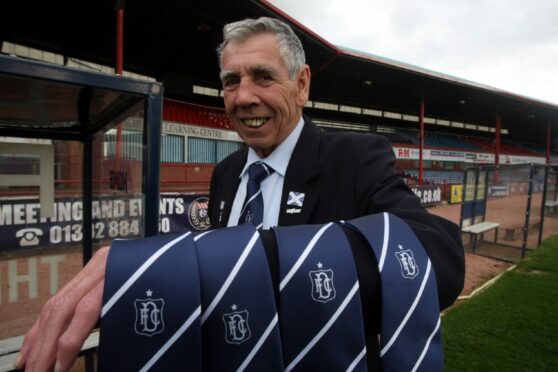
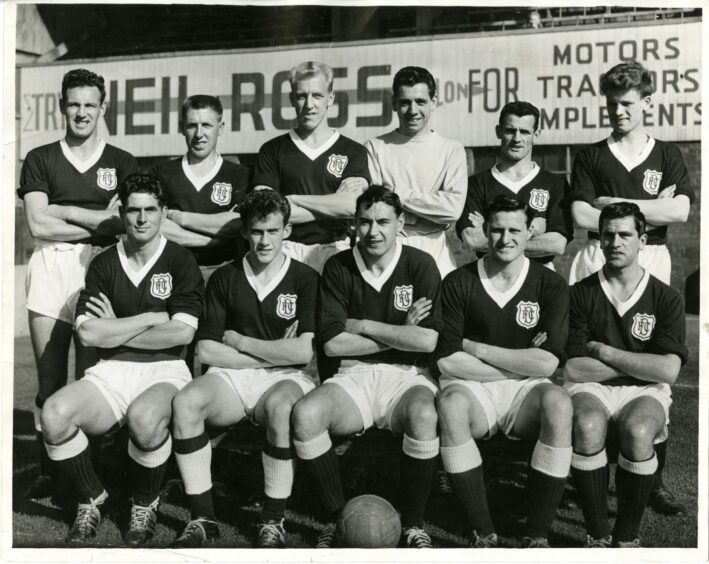
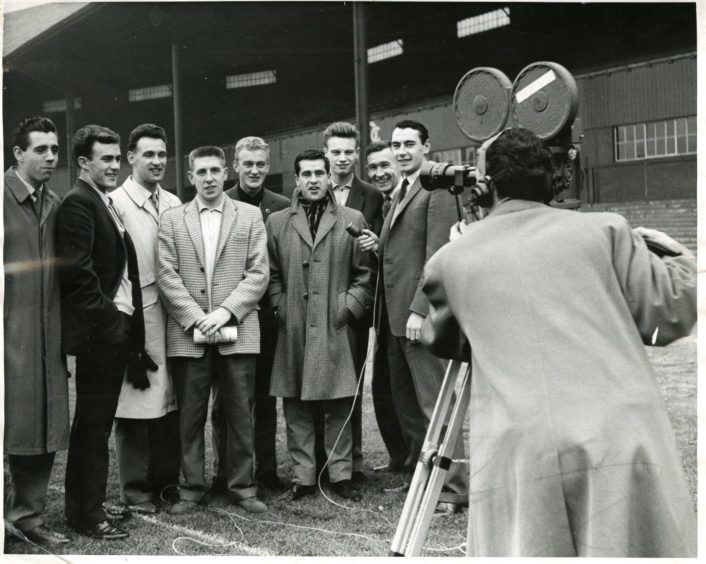
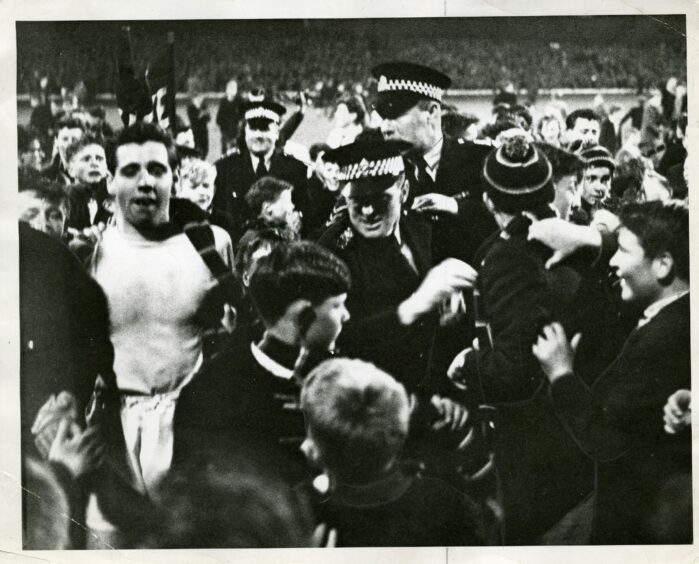
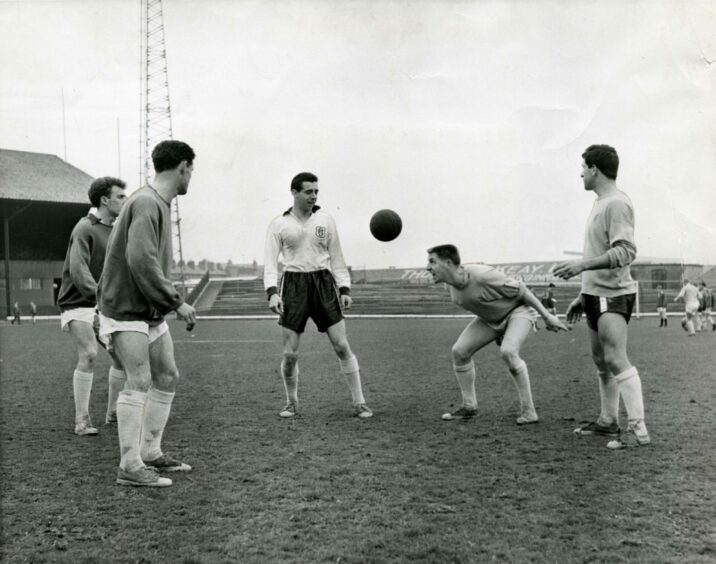
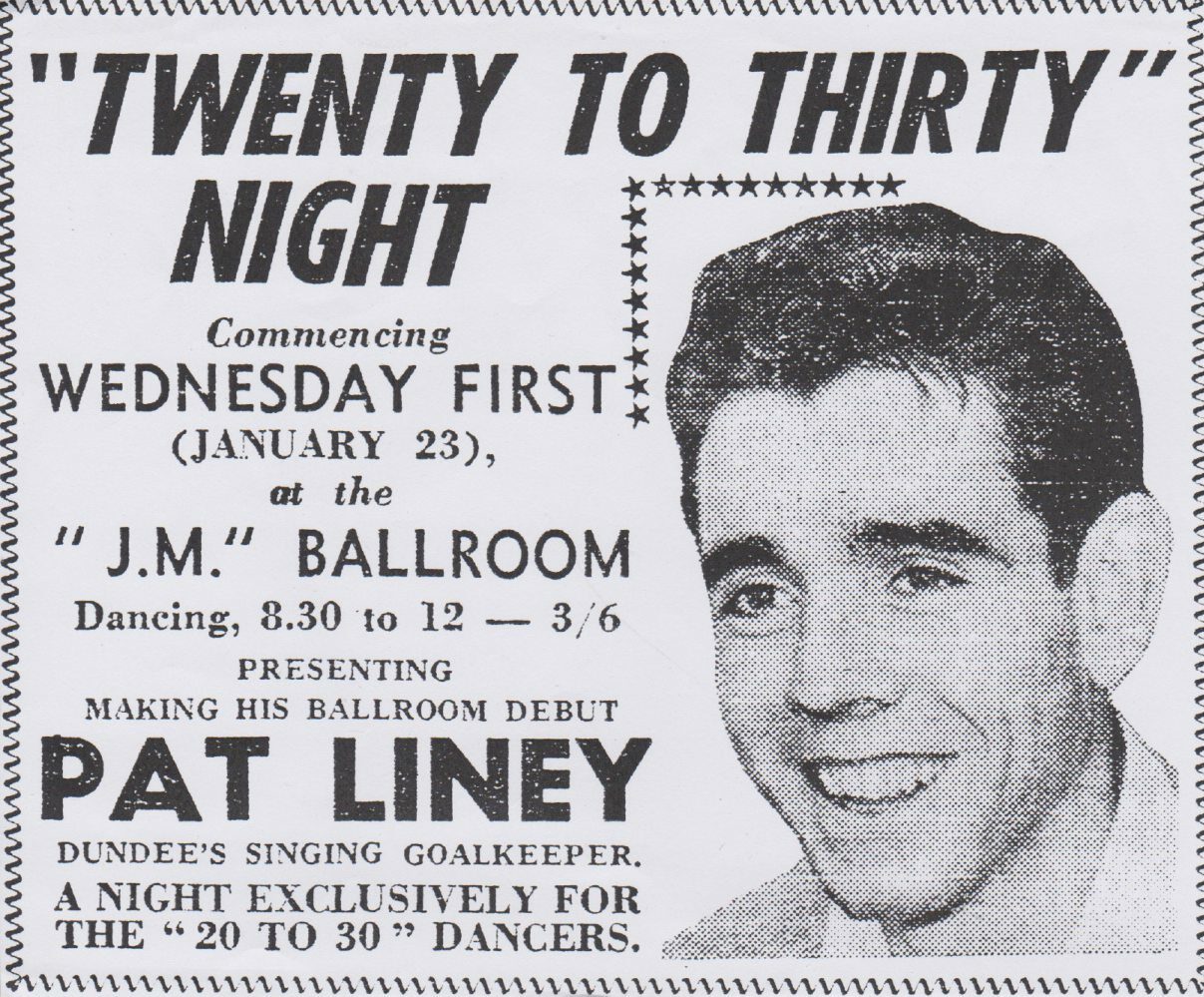
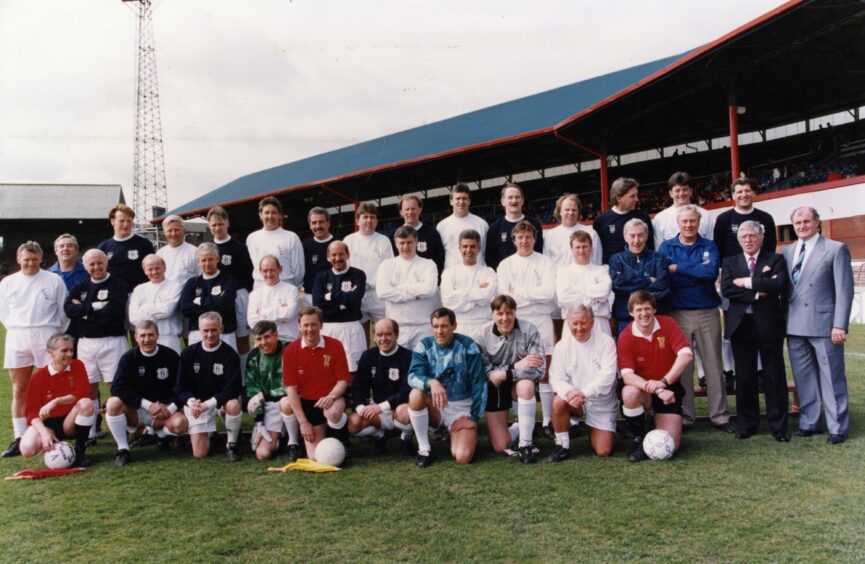
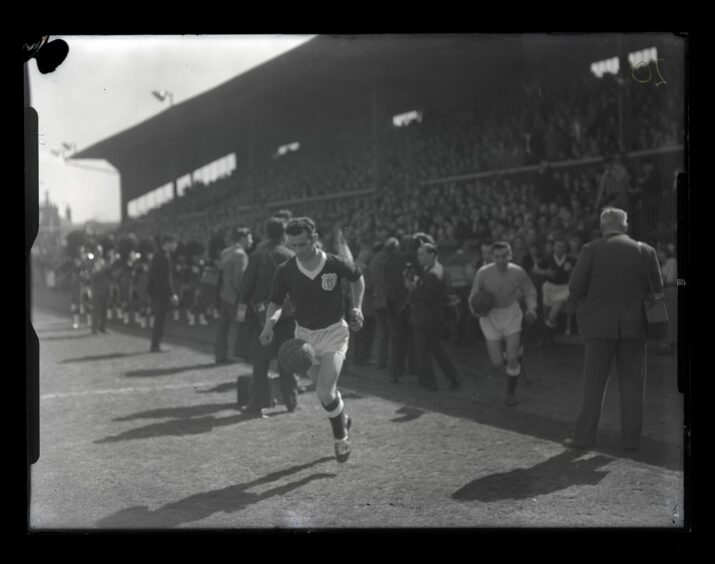










Conversation